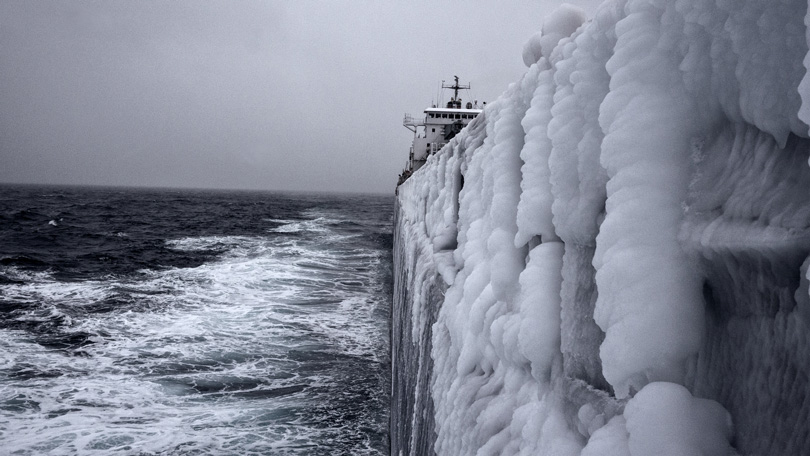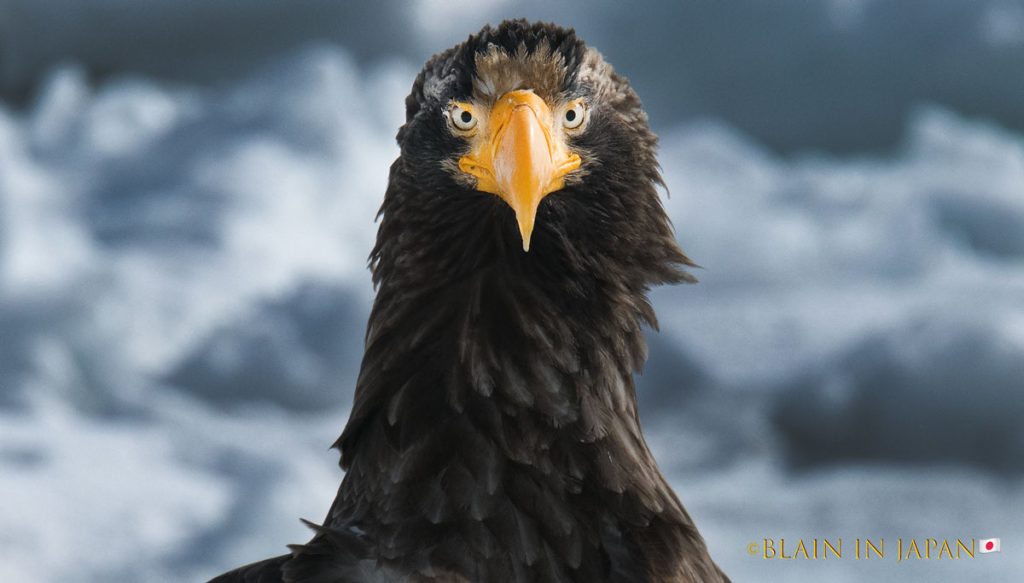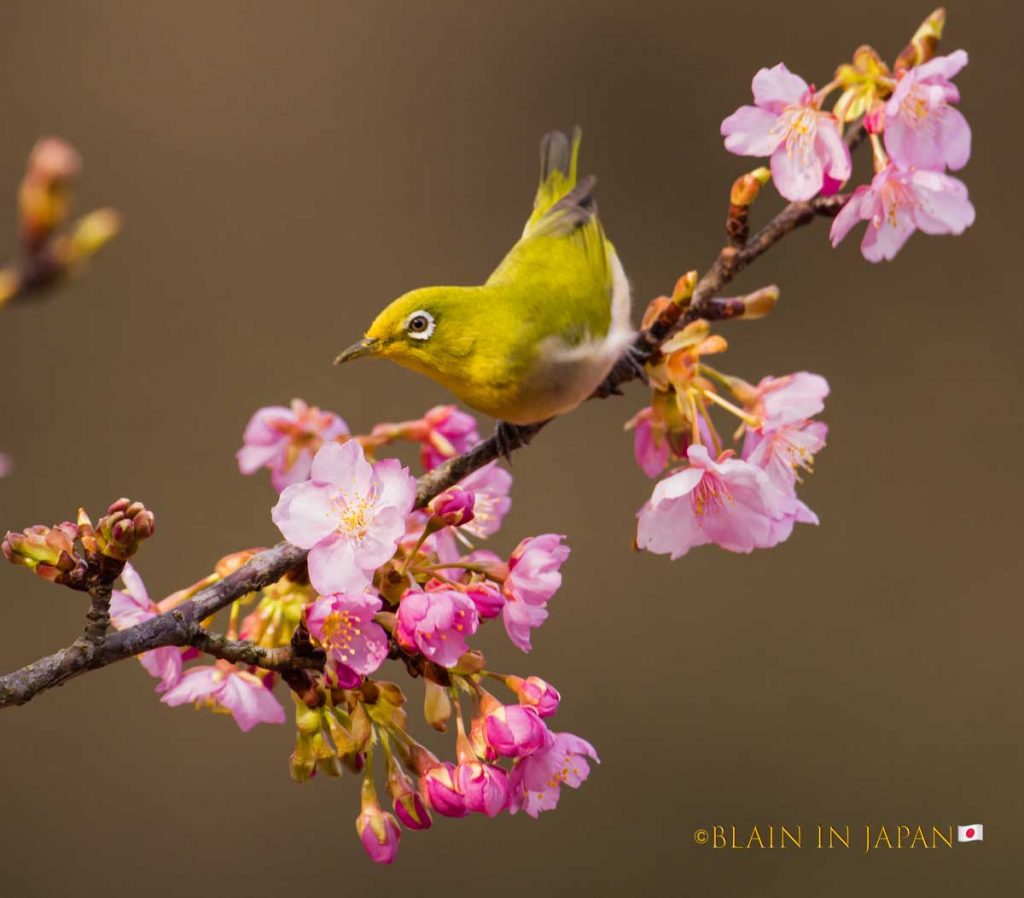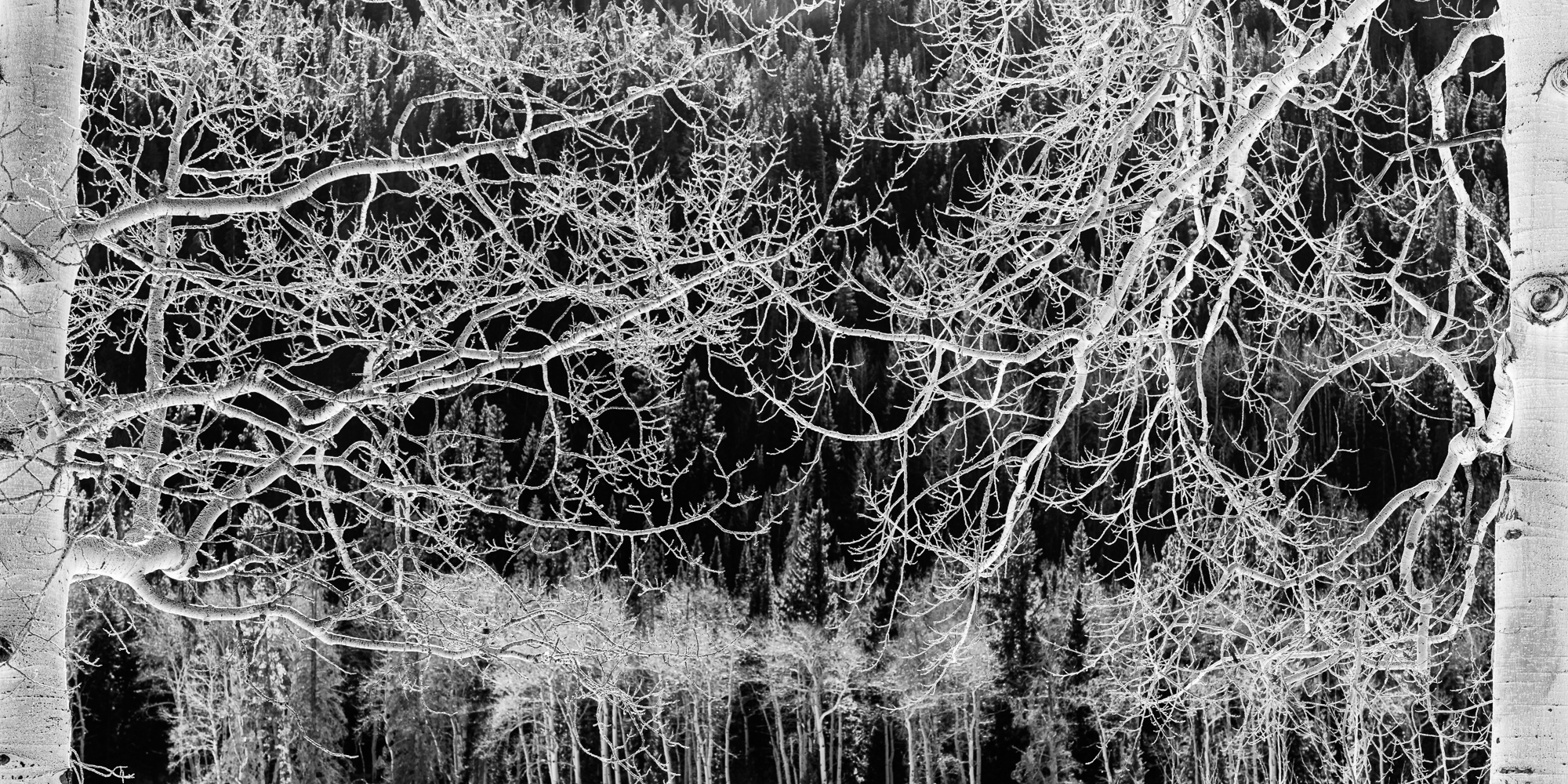The Luminous Landscape Grant – Victoria Piersig – ON, Canada
Grant amount $5,000
WHEAT the bread we eat | ORE the cars we drive | GYPSUM the walls that define the rooms in which we live
In 2011 I secured my first passage aboard one of the last Canadian-built lake freighters still operating in the Great Lakes and St. Lawrence Seaway with the intent to reacquaint Canadians with a great Canadian story; the contemporary tale of shipping and the perils of the sea as immortalized by Lightfoot’s Edmund Fitzgerald and the disappearance of our ship-building heritage as the last of these aging vessels are decommissioned and replaced with foreign-built ships. In the intervening years, I made several additional self-funded trips following the movement of wheat, ore, and gypsum from “mine” to market. As I pondered the changes to the shorelines on each trip, the project inevitably evolved over time to focus more intently on two connected themes; the struggle of resource-based industries to maintain their place on our progressively gentrified waterfronts and the increasingly hidden world that provides us with the raw materials for the essential goods we use in our daily lives.

I first photographed the unloading of iron ore at ArcelorMittal’s Dofasco Hamilton, Ontario steel plant in 2012. Twelve months later, the project had expanded to the point where I knew that I must travel to the mine in Northern Quebec and to their private port at Port Cartier to better tell the tale. The mine at Mont-Wright Quebec is situated sixty kilometers west of Wabush, Labrador. Port Cartier is 415 km to the southeast, on the beautiful, sparsely populated north shore of the St. Lawrence River where the river widens into the gulf. The logistics to travel to these remote locations were simply too costly for me to self-finance. Public funding for projects in Canada is hugely competitive and so the search began for private funding. I was delighted to receive support from the Luminous Endowment Fund and planning began for a trip in November or December of 2015.


It goes without saying that the primary challenge for a project that requires access to heavy industry is to find the personal connection that sparks an interest to open doors. This for me is the most difficult part. It takes a great deal of patience, persistence and luck. After a number of disappointing forays I began to despair that I might not be able to fulfill the grant expectations, but in late October 2015 I struck gold when I serendipitously found a wonderful, sympathetic contact who so believed in this project that he shepherded my request right to the President’s office. A handshake deal was struck wherein ArcelorMittal made it abundantly clear that due to the low price of iron ore on global markets, they would not pay any of my costs. Yet, they would open their doors to me, provide me with very generous, logistical assistance, English speaking guides, extraordinary access to their 415km private railway that connects the mine with their port, their pellet plant, their tugboats, and finally, arrangements to secure a berth aboard a ship carrying ore to their Dofasco steel plant in Hamilton Ontario.
Needless to say, I was thrilled. Food, lodging and transportation are extremely expensive in these distant northern locations. From previous experience I also knew that I would most likely get stuck waiting for my “ship to come in” in Port Cartier, a town without rental cars and limited accommodation. Shipping schedules are notoriously difficult to pin down as they change constantly due to weather, commodity availability, and access to dockage. In this, I was not to be disappointed, and the funding enabled me to wait patiently for several days until the CWB Marquis was finally towed into port to load their consignment of iron ore pellets and me.

The locations that I shoot in tend to be moving platforms of one kind or another. Ships, trains, working factories, tugboats are all dirty, gritty, environments with significant vibration and limited opportunity for lengthy setups. My movement is often prescribed, and I cannot risk personal safety or the trusting relationships I forge with unionized workers and management. For this reason I prefer to shoot with lighter more nimble small format cameras. I have loved my Panasonic GH1 and GH2, shooting almost exclusively with the 20mm f1.7 pancake lens, however knowing that I had such an extraordinary opportunity, and not wanting to leave anything to chance, I took a long deep breath and purchased a Sony A7 R2 with a 24-70mm lens. A wise choice indeed, as this image of the ore concentrator plant in Mont-Wright would have been absolutely impossible to capture otherwise.

Upon my return, I launched immediately into printing as I had an upcoming exhibition at Canada’s national museum of labour, the Workers Arts & Heritage Centre in Hamilton Ontario. The curator knew that I had just returned from this trip, and she, like me, was anxious to include some of the new work, so relevant to the community. The local media actively promoted the exhibition and my artist talk with this image taken aboard ArcelorMittal’s train.

The private 415km railroad built to transport ore from Mont-Wright near the Labrador border to ArcelorMittal’s private port at Port-Cartier on the St. Lawrence River just where she widens into the Gulf. Mile long trains carrying 17000 tonnes of ore, run every five hours 365 days a year. The engineer must be able to walk the length of the train and effect repairs in a region where minus 35 degree Celsius temperatures are common in the winter. Our engineer this trip is a woman. This railway is serviced by two helicopters, a mobile work camp, and a stationary work camp that can accommodate approximately twenty workers. My guide, an engineer with over thirty years of experience, told me that I was the first non railway-division employee he knows of to ride this heavily restricted train.
I am often asked – what am I working on now? This project continues. Trading Places is more than simply a view into the domestic merchant marine and the industry it services. It is part of a larger discussion of the themes of gentrification and the schisms created as residential and recreational pursuit trade places with heavy industry. Industry once venerated and idealized in the modernist movement of the 1920s is now relegated to disdain and condemnation. Even clean industrial facilities draw the ire of a public who believe that these companies no longer deserve a place in our landscape. And thus I continue to turn my artist’s lens increasingly to these uneasy juxtapositions as they exist along the Great Lakes and St. Lawrence Seaway.

Newly built waterfront homes sit adjacent to an aggregate supplier
Acess to the ships and industrial sites is increasingly difficult and as I look forward to my next lucky encounter I leave you to contemplate this; The Saint Lawrence Seaway and Great Lakes form Canada’s first highway; the harvest and movement of natural resources to market the primary reason for the siting and growth of communities along both shores. One boatload of iron ore is equivalent to 980 trucks on our roads or approximately 350 railcars. Do we wish to build more rivers of asphalt or better utilize our natural infrastructure?
In closing, I would like to say that this project would not be so successful without the advice I have acquired attending photographers reviews at Fotofest in Houston in 2012 and 2014. Personal projects are often produced in isolation over long periods of time. I believe it is essential to get the work in front of professionals who live and breathe photography daily. One gains perspective, narrative skill, and confidence. In a world inundated with images, it is important to know if the work is indeed good, stands up technically and can survive scrutiny and discussion regardless of subject matter.
You can see more of this story at www.victoriapiersig.com


Victoria Piersig
May 2017
BIO
Victoria Piersig I have lived for thirty years in the shadow of a now disused malting factory located along the central waterfront in Toronto. In the early years I loved the distant sound of the compressors and the sweet/sour malty smell drifting through my open windows on a hot summer’s night. Now considered an eyesore by many, I delight in the interplay of light and shadow on its scarred surface. A majestic retired fortress of food it reminds us that the communities along the shores of the Great Lakes have their roots in the shipping of natural resources.
A trained photographer, Victoria returned to photography after a hiatus of twenty years during which time she worked in custom fabrication for television and film, and in the financial industry.
Recent exhibitions including work from her project Trading Places has been presented at the Saint John Visual Arts Centre NB, Harbourfront Centre, Toronto, The Office of the Lieutenant Governor of Ontario, Guatephoto Guatemala, the Workers’ Arts & Heritage Centre in Hamilton, Rencontres internationals de la photographie en Gaspésie and The Living Arts Centre in Mississauga.















